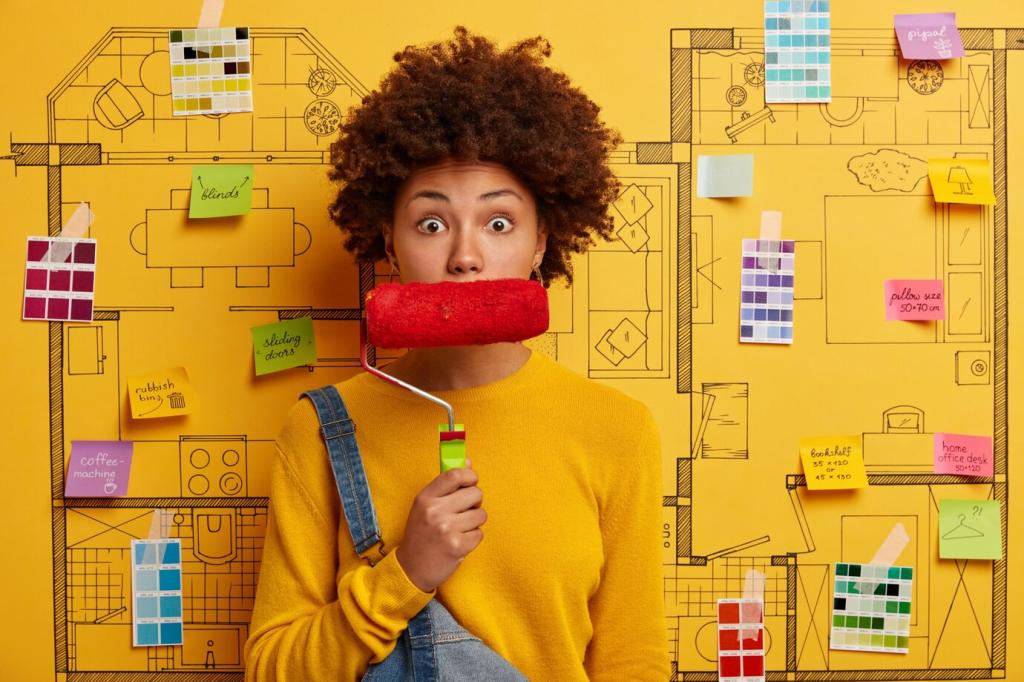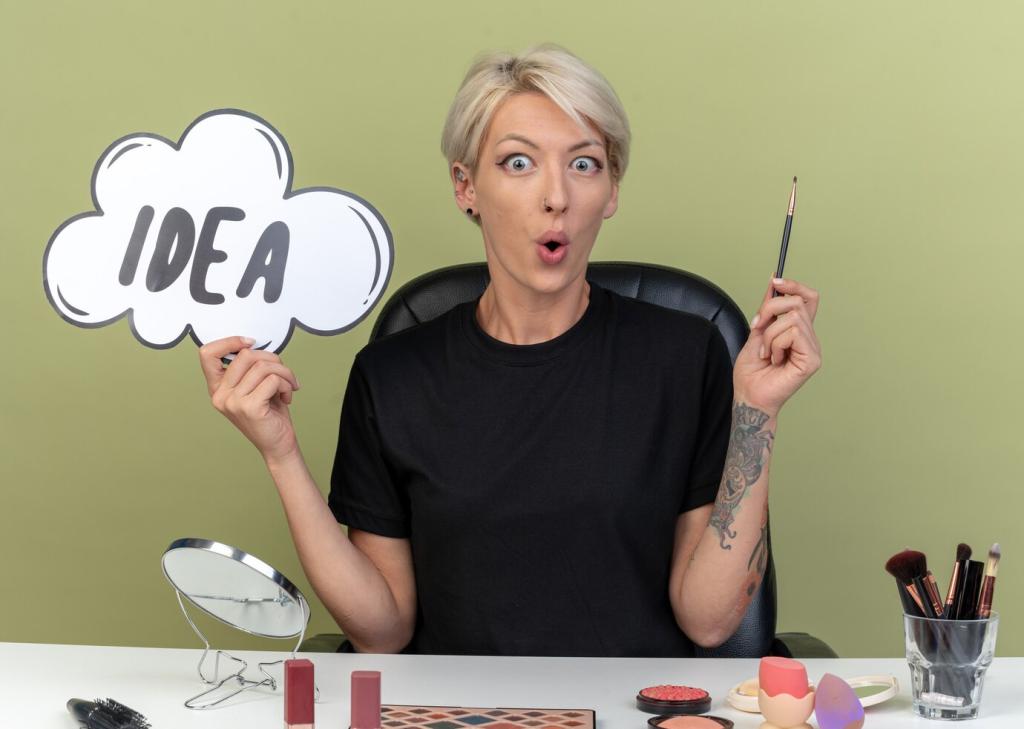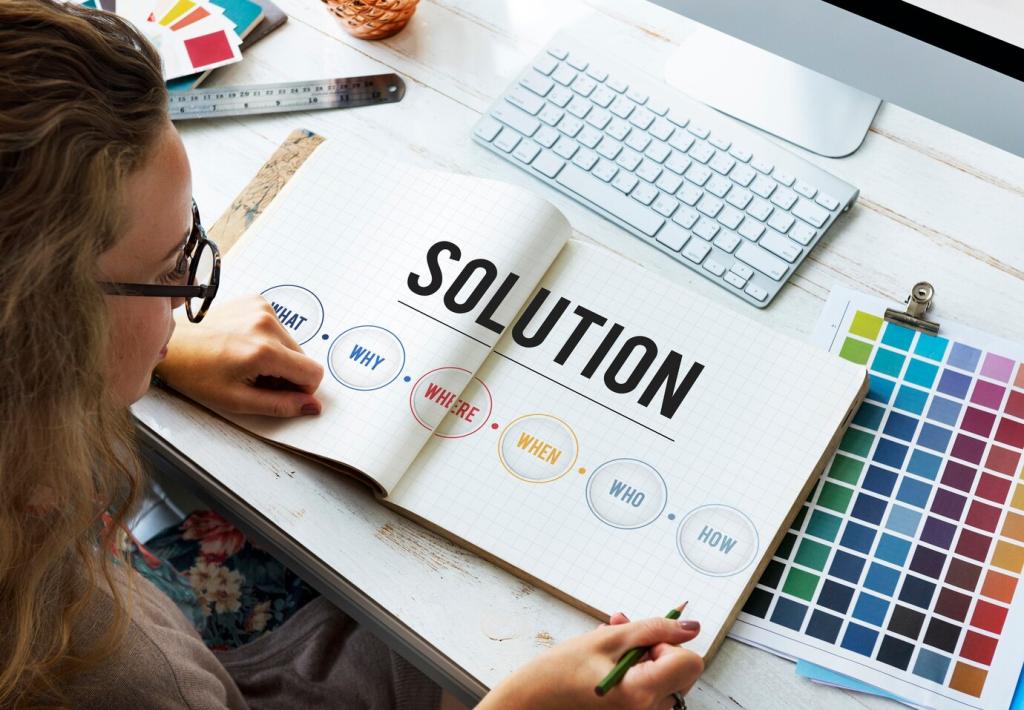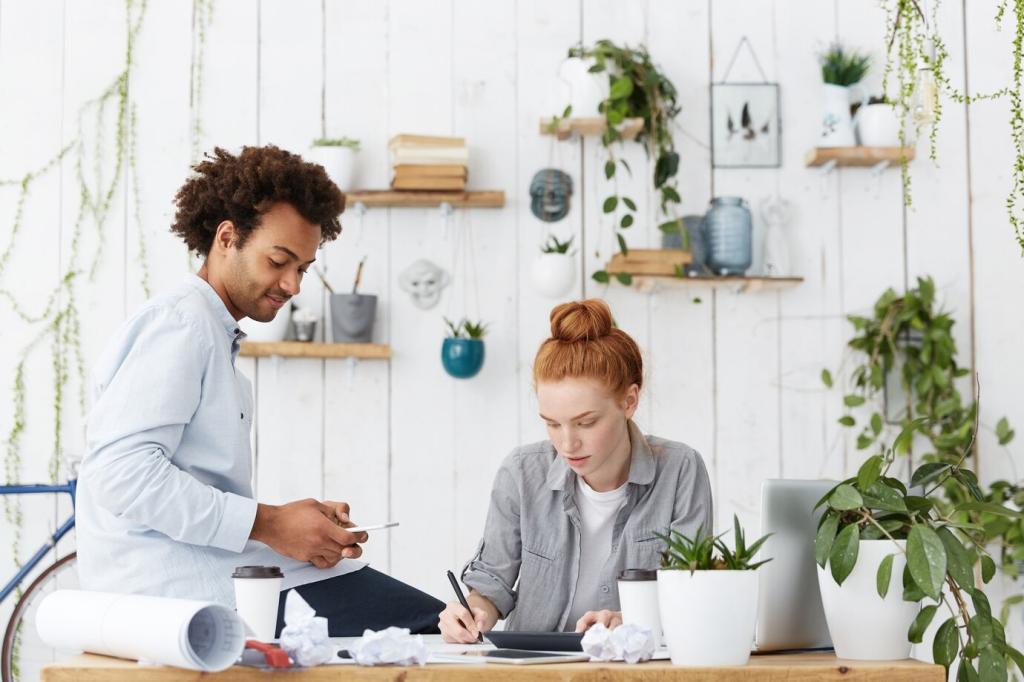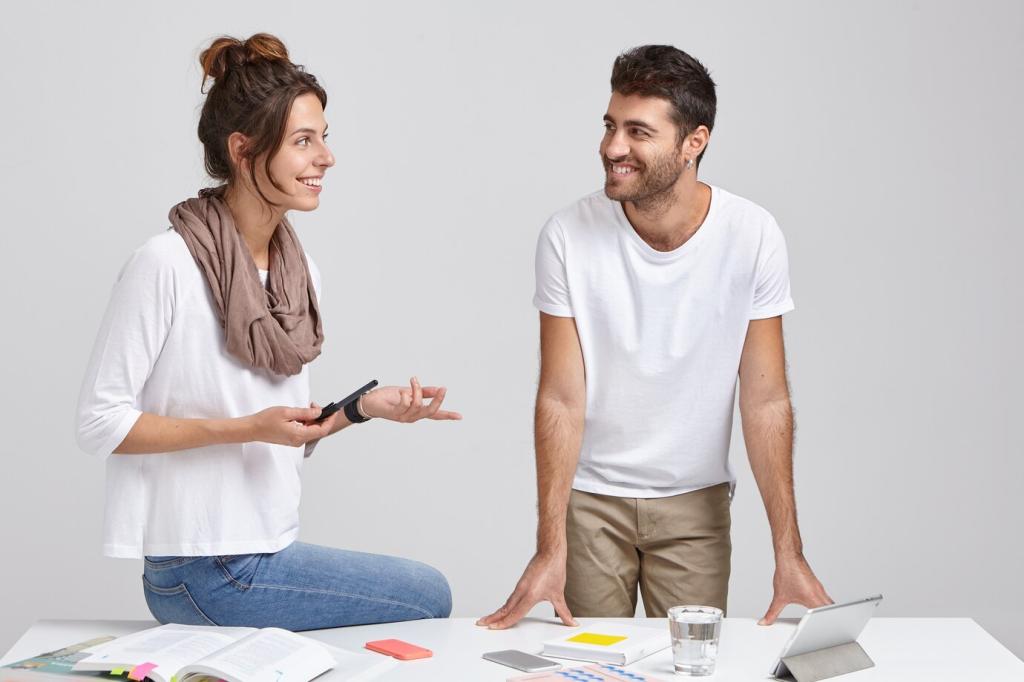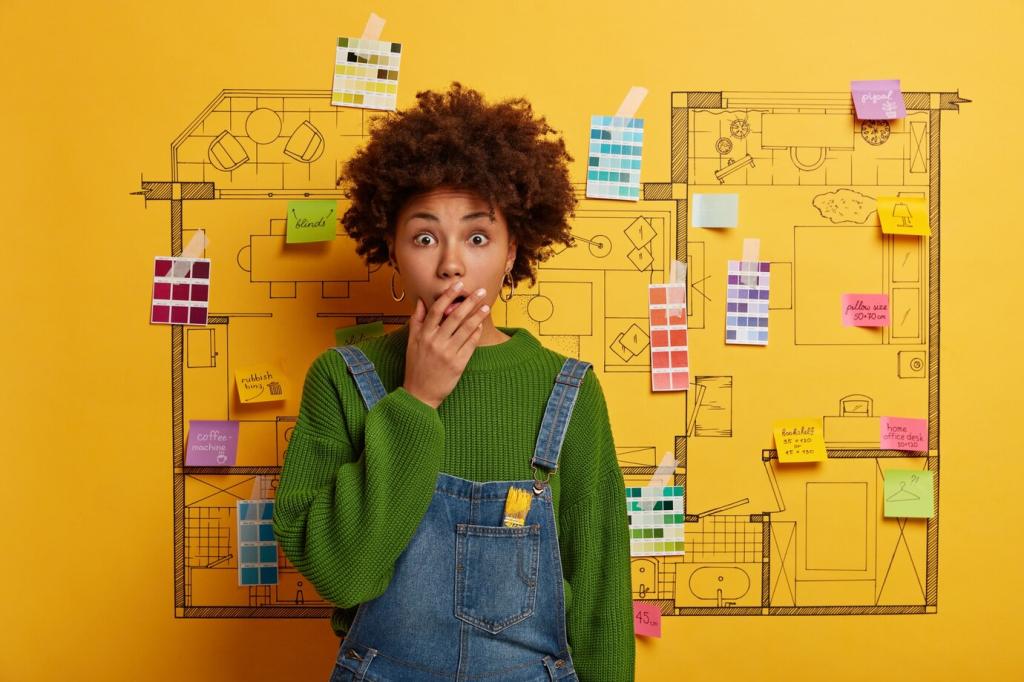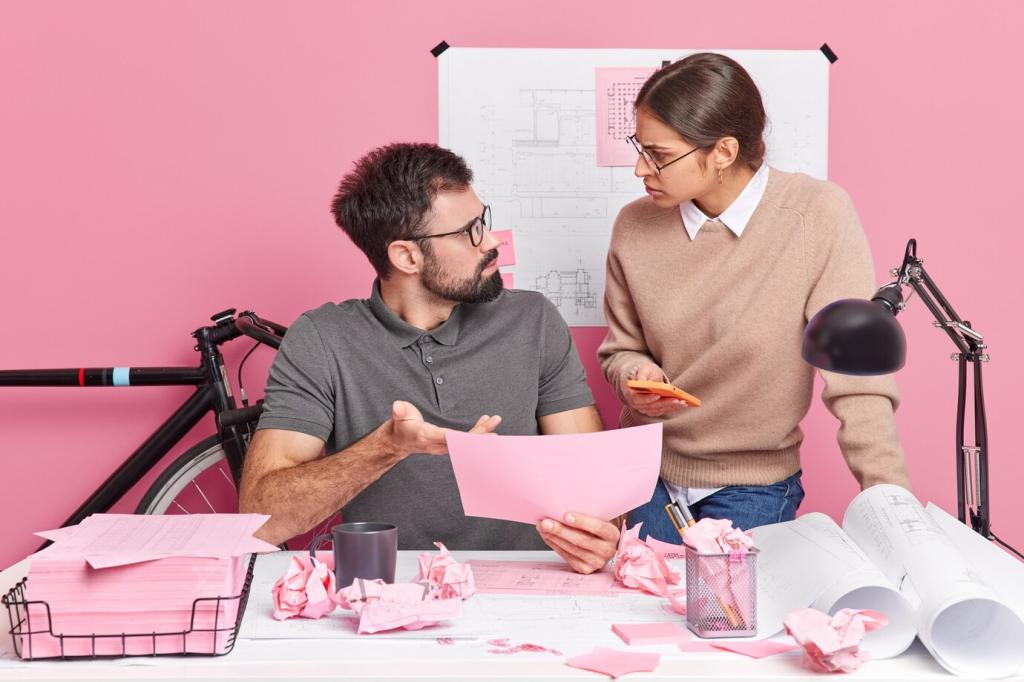Why Texture Matters in Minimalism
Minimalist rooms often feel richer when they include contrasting textures: a nubby throw on a sleek sofa, a matte vase against polished stone. With fewer elements, every surface speaks louder, inviting calm, curiosity, and a sense of intentional presence.
Why Texture Matters in Minimalism
Natural light skims across plaster, linen, and brushed metal, revealing micro-shadows that create depth. By pairing soft, diffuse light with matte finishes, you invite quiet gradients that feel elegant, contemplative, and soothing—perfect for a minimalist, restorative atmosphere.
Why Texture Matters in Minimalism
A designer once left a shelf nearly bare, placing only a hand-thrown bowl with faint ridges. Guests kept touching it. The bowl anchored the room, proof that one honest texture can be more compelling than a dozen decorative distractions.
Why Texture Matters in Minimalism
Lorem ipsum dolor sit amet, consectetur adipiscing elit. Ut elit tellus, luctus nec ullamcorper mattis, pulvinar dapibus leo.

